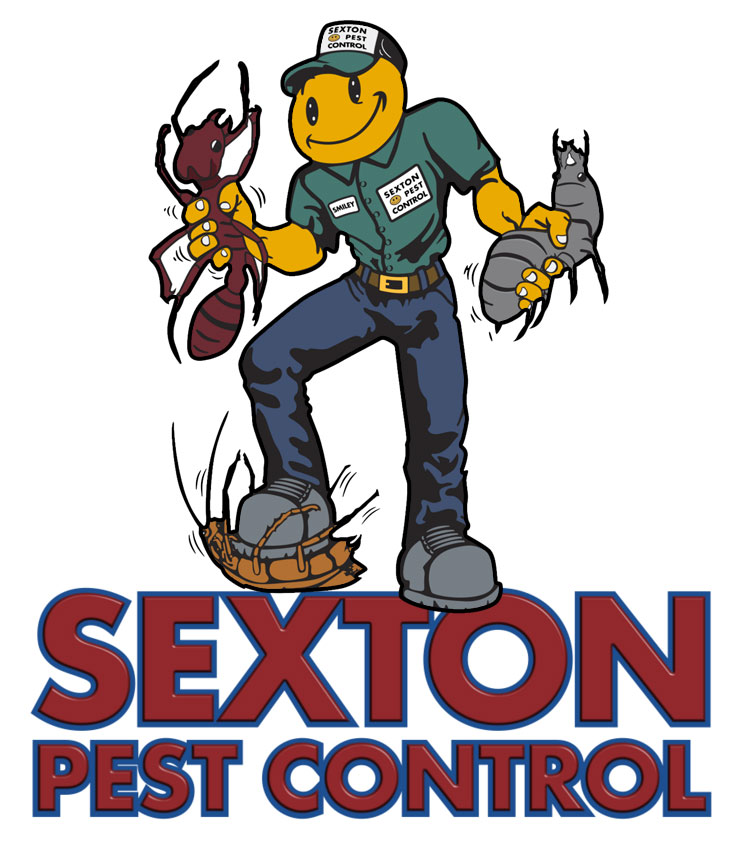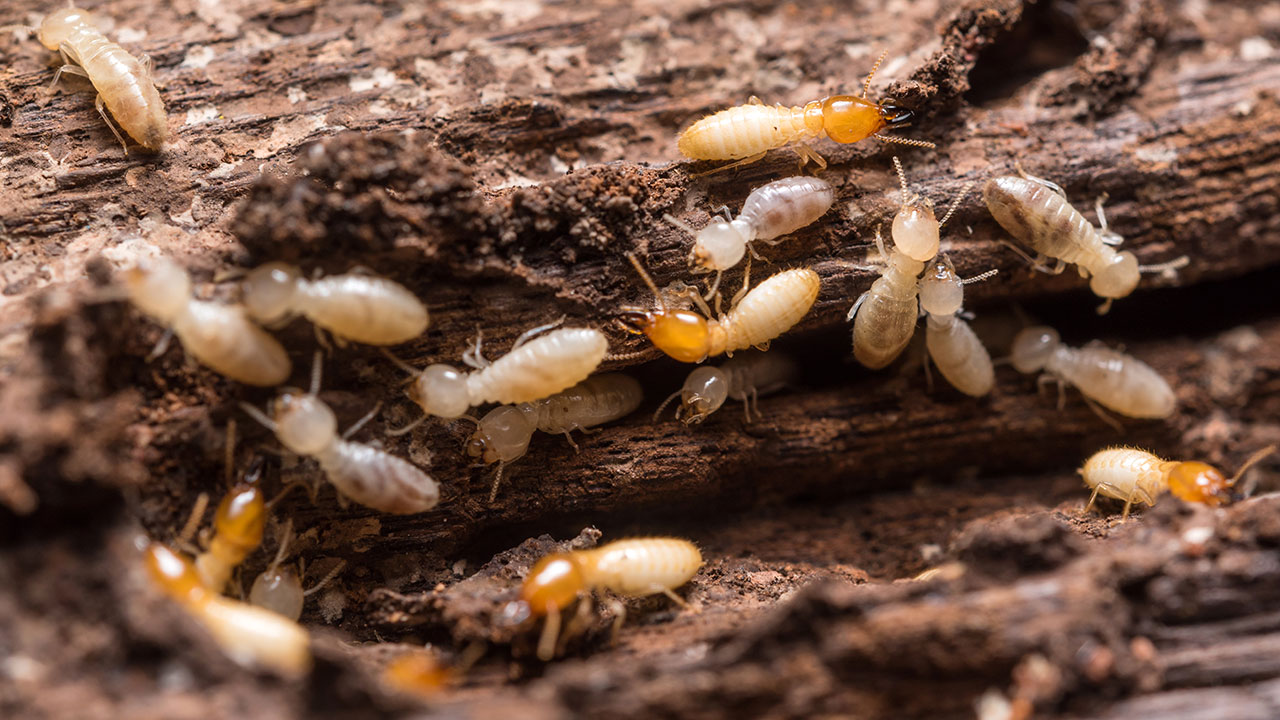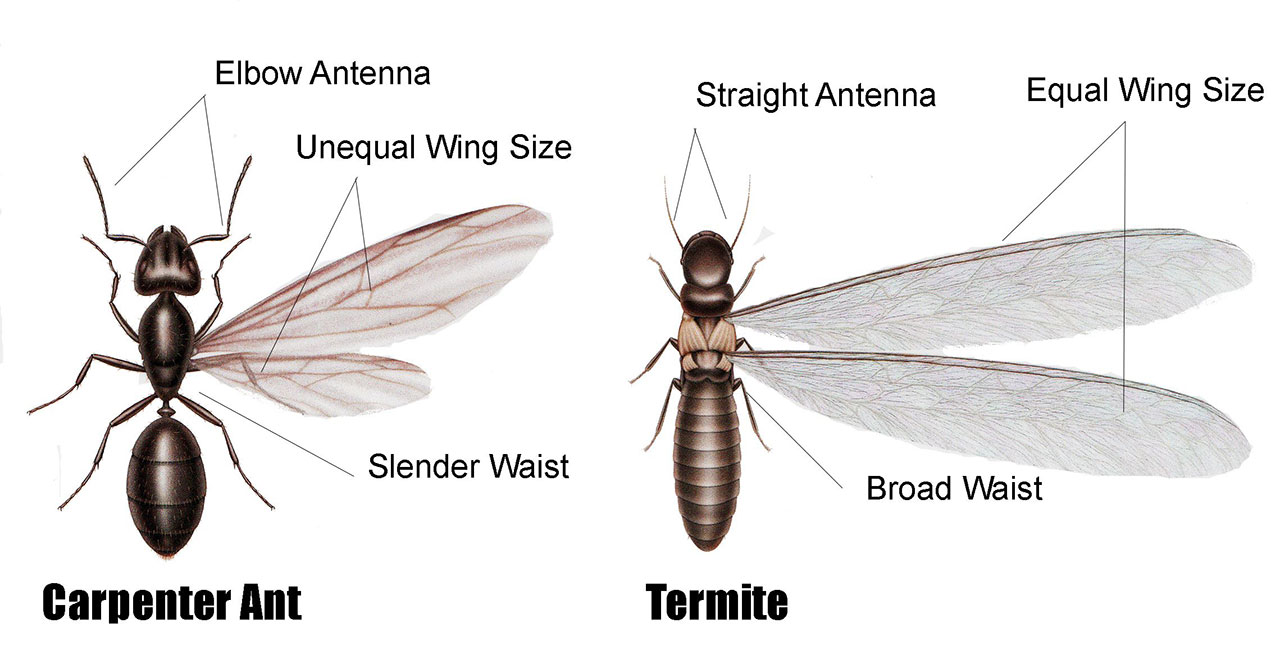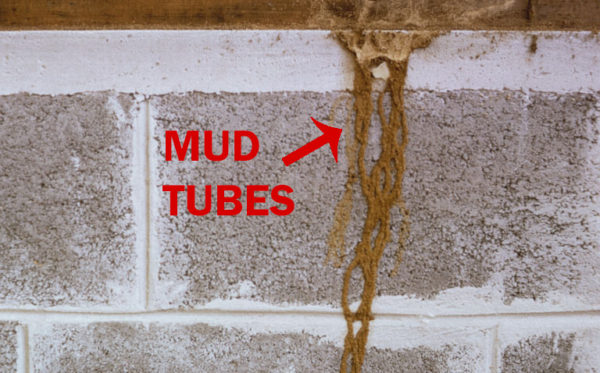Recognizing Termites in Arizona
There are a few telling signs when you’re facing a termite problem, but first, let’s discuss what a termite actually is and looks like.
What Are Termites?
Termites are a type of winged insect. Their nutrition comes from the cellulose found in wood. As they chew and eat wood, it creates tunnels on the wood internally. On the surface, most woods will look totally normal, but once the wood is prodded it crumbles.
They are social insects and live in large, complex colonies containing up to several million termites.
Two of the most common types of termites in Arizona are desert subterranean termites and the western drywood termite.
Subterranean termites thrive in moist environments and consume wood that is close to soil underground, they often inhabit basements.
Drywood termites eat dry wood and are often found in fence posts and dead tree limbs. Subterranean termites enter your home from below, while drywood termites enter your home from above ground.
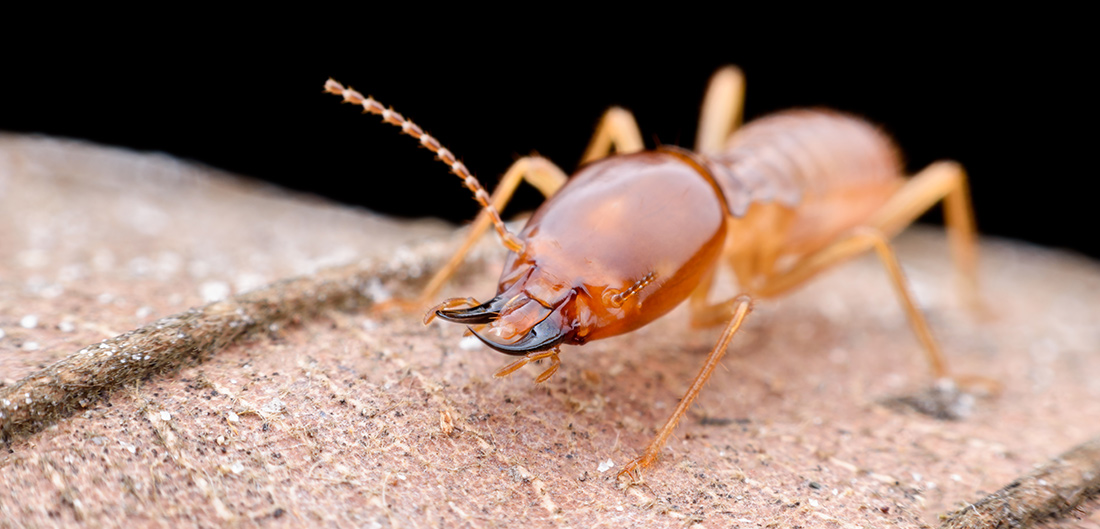
What Do Termites Look Like?
Not all termites look the same. Most termites will generally measure between ¼ and ½ of an inch in length but can range from white to light brown in color. Some termites have wings and others don’t.
Typically subterranean termites in Arizona are dark brown in color, the worker termites are not winged while the swarmer termites are winged. The wings typically span twice as long as the termite’s physical body.
Drywood termites in Arizona have long mandibles (mouth structure) with teeth and have a body that is wider than their head. Generally, swarmer dry-wood termites have two sets of wings (but shed their wings after swarming).
Pro-Tip
Termites are often mistaken for carpenter ants or bark beetles. If you are unsure which type of wood boring insect you’re dealing with, it’s best to have a professional come and inspect the situation.
Not all termites look the same. Most termites will generally measure between ¼ and ½ of an inch in length but can range from white to light brown in color. Some termites have wings and others don’t.
Typically subterranean termites in Arizona are dark brown in color, the worker termites are not winged while the swarmer termites are winged. The wings typically span twice as long as the termite’s physical body.
Drywood termites in Arizona have long mandibles (mouth structure) with teeth and have a body that is wider than their head. Generally, swarmer dry-wood termites have two sets of wings (but shed their wings after swarming).
How to Know if You Have a Termite Problem
Termite damage isn’t always readily apparent. That’s because termites tunnel and eat wood from within. This could leave the surface of wood with an active termite infestation looking completely normal. It can be quite difficult to tell if you have a termite infestation until it really begins to take over. Below are a few helpful tools that will help you determine whether or not you have a termite infestation.
But if you see any of the following warning signs you really need to call a pest professional.
Termite Mud Tubes
If you see mud or shelter tubes, it’s a sign that you’re dealing with termites. These tubes come in four different types and are made by worker termites saliva mixed with soil and bits of wood. If you break open a tube, you might find some of the working termites in action. The four types of shelter tubes are:
- Working Tubes: these are constructed from the underground nest and travel all the way to the wooden structure.
- Exploratory/Migratory Tubes: these tubes stem from the underground nest, but don’t actually connect to any wooden structures.
- Drop Tubes: these tubes run the reverse of a working tube, straight from the wooden structure back to the underground home base.
- Swarm Tubes: these tubes are built for the king and queen termites to emerge from during swarming season.
